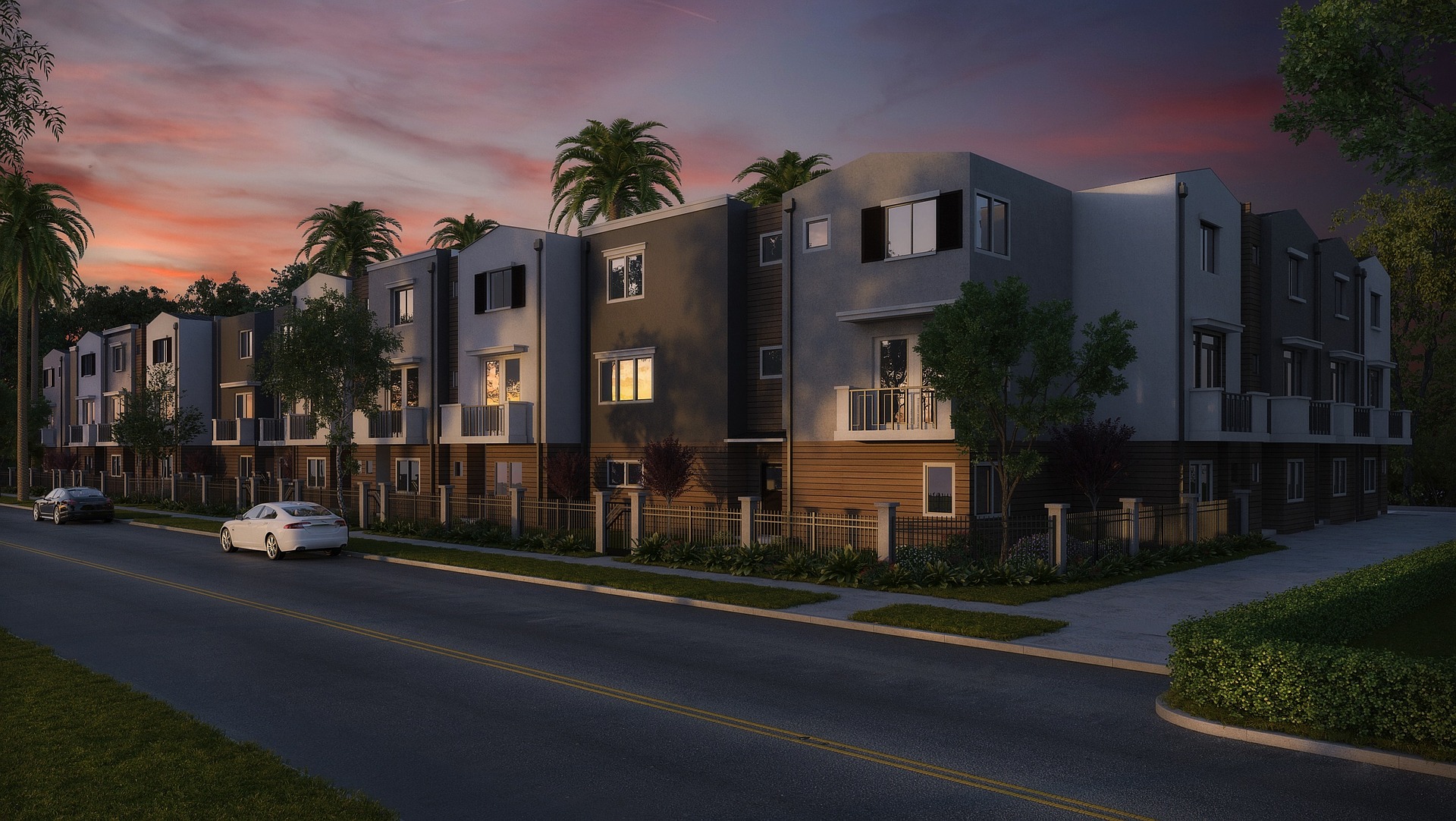According to the Q4 and full-year 2020 GDP data released by the National Bureau of Statistics (NBS), the real estate sector returned to positive growth of 2.81% y/y in Q4 2020 following six consecutive quarters of negative growth since the last positive growth posted in Q1 2019 (0.93% y/y). The significant recovery in Q4 2020 reflects the full reopening of the economy as many residential and commercial projects began operations fully following the suspension of activities during the national lockdown. Overall, the real estate GDP FY 2020 contracted by 9.22% y/y which was well below our 2020 estimate of a 13.7% contraction.
The real estate sector like many other sectors of the economy suffers deeply from a dip in macro economic conditions of the country. In 2016, when the economy went into recession, the sector declined by 6.86% compared with the growth of 2.11% recorded in 2015. Subdued activities in the real estate and construction industry had a spillover effect on the cement sector where growth slowed drastically to 5.4% in 2016 from 22.1% in 2015 on the back of weak private sector investments and low government spending.
In 2020, as the pandemic ravaged the economy, the real estate sector was not left behind as the unprecedented crisis elevated vacancy rates in existing commercial properties, reduced average footfalls across retail centres and slowed the completion time of many residential developments and infrastructure projects in the country. This led to an all-time high of a 21.99% contraction recorded by the real estate sector in Q2 2020. The impact of the restrictive measures put in place during the second quarter was apparent in the financial performance of two key cement players (Dangote Cement and Lafarge) as both top and bottom line performances were pressured.
Looking ahead, we expect growth in the sector to remain weak due to a plethora of factors from high inflationary figures and devaluation which continue to pressure consumer purchasing power to little access to finance which has continued to undermine the demand for housing. Despite efforts geared towards improving mortgage financing or consumer credit, the rate of mortgage financing to housing development in the country remains very low compared to peers in the emerging market.





